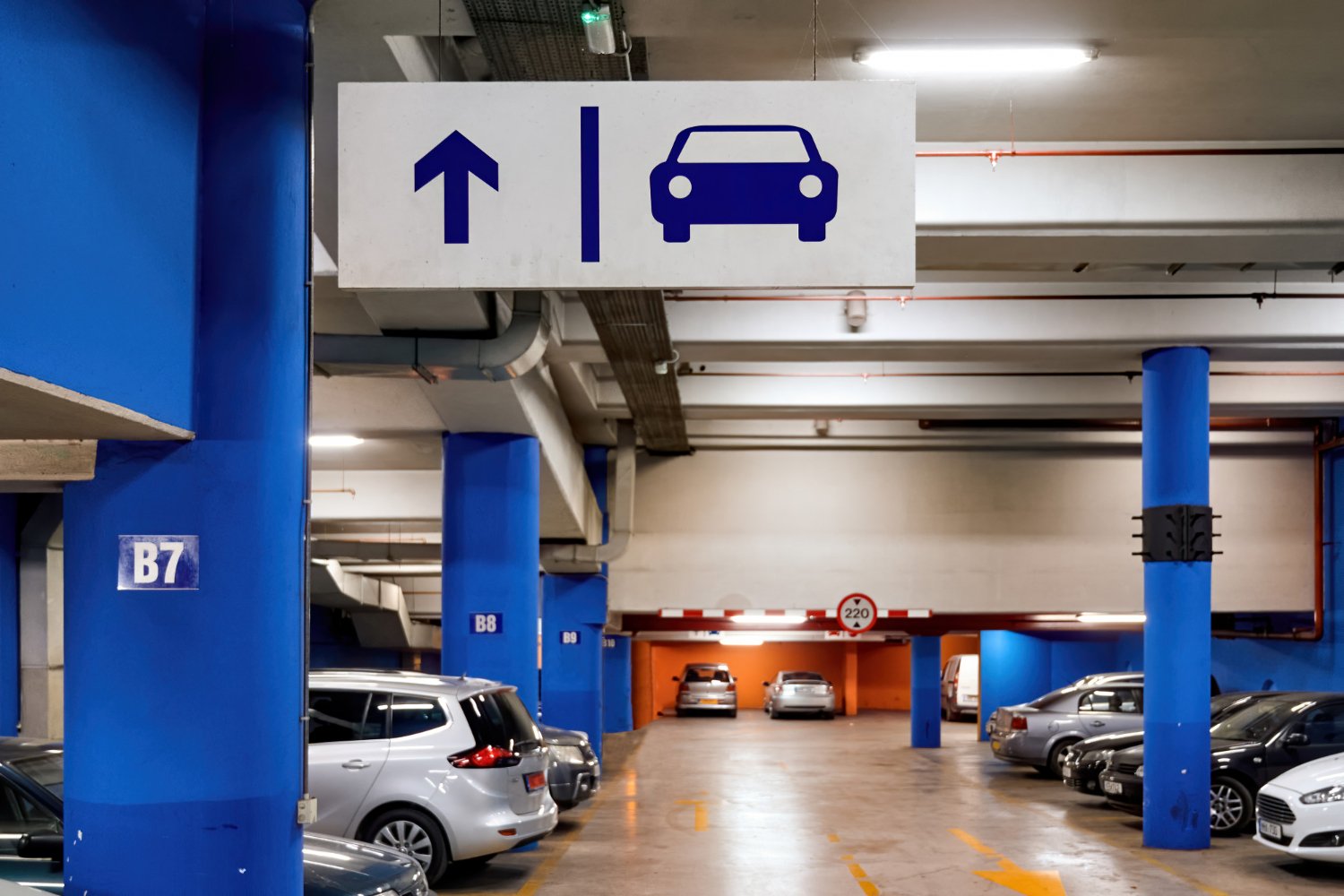Residing in a high-rise condo Cebu provides breathtaking views of the cityscape and easy access to urban amenities. However, it also presents certain challenges, with traffic flow and parking efficiency topping the list. With the increasing popularity of vertical living in Cebu’s bustling urban center, effective traffic and parking management is crucial to uphold quality of life, convenience, and safety.
Collaboration among developers, condo associations, and residents is key to implementing solutions that reduce congestion, maximize space utilization, and ensure a smooth experience for both residents and guests. This article delves into the specific strategies employed to optimize traffic and parking in high-rise condos in Cebu.
Designing for Efficiency from the Ground Up
Smart Layout Planning During Development
Effective traffic and parking solutions are best implemented right from the planning stage. In Cebu, innovative developers are now leveraging cutting-edge modeling tools to meticulously plan entrance points, drop-off areas, parking ramps, and vehicle circulation patterns to avoid congestion. By strategically positioning gates, barriers, and driveways, they ensure a seamless flow of traffic while preventing disruptions to pedestrian zones and avoiding gridlock on surrounding roads.
Multi-Level and Basement Parking Integration
Due to the constrained size of urban plots, high-rise condominiums make the most of vertical space by incorporating multi-level or underground parking facilities. By doing so, they can accommodate a larger number of parking spots without encroaching on limited surface area. Additionally, certain developments allocate specific areas for residents, visitors, businesses, and deliveries, streamlining traffic flow and minimizing congestion.
Technology-Driven Traffic Management
Automated Entry and Exit Systems
In Cebu, condominiums are adopting RFID or QR code access systems for vehicles more frequently. These modern solutions enable smooth entry and exit processes, cutting down on wait times and doing away with the necessity for manual logging or security inspections. Residents benefit from reduced gate waiting times, while management enjoys enhanced monitoring and security measures.
Real-Time Slot Availability Monitoring
Sophisticated parking systems equipped with sensors or cameras offer up-to-the-minute information on vacant slots. Upon arrival, drivers are directed to open spaces via display monitors strategically placed at entry points. This efficient guidance minimizes the need for aimless circling and helps prevent congestion within parking facilities. Not only does this streamline traffic flow, but it also plays a role in promoting energy efficiency by cutting down on idle engine time.
Parking Allocation and Resident Prioritization
Assigned vs. Unassigned Parking Models
Parking allocation strategies play a vital role in high-density developments. Certain condominiums adopt a system where each unit is assigned a parking slot, promoting predictability and minimizing internal competition. Alternatively, some developments operate on a first-come, first-served basis, sometimes implementing zoning regulations or premium pricing for coveted spots. Effective communication and equitable allocation mechanisms are key in preventing conflicts among residents and enhancing overall satisfaction levels.
Reservation Systems for Guest Parking
Condominiums frequently face challenges when it comes to managing their limited guest parking spaces. To address this issue, some developments have started implementing app-based or online booking systems that enable residents to reserve guest parking slots ahead of time. This innovative approach not only helps prevent overbooking but also allows security personnel to more efficiently handle incoming vehicles.
Traffic Flow Inside and Around the Property
Dedicated Loading and Unloading Bays
In Cebu, high-rise condos are implementing a solution to address the issue of delivery trucks and ride-hailing cars obstructing driveways and building entrances. They are creating designated loading bays that are distinct from the usual residential traffic flow. This measure aims to prevent any disruptions to daily operations and maintain safety standards within the condominium premises.
Directional Signage and Lane Markings
Proper guidance is essential even in meticulously designed parking areas. Road markings, mirrors strategically placed at blind corners, and clear directional signage all play a crucial role in enabling vehicles to maneuver through tight spaces with ease. This not only reduces the risk of accidents but also prevents any potential confusion, particularly in multi-level parking structures with intricate circulation layouts.
Promoting Car-Free and Sustainable Alternatives
Bicycle Parking and Micro-Mobility Support
To reduce dependence on automobiles, certain high-rise condominiums are now incorporating specific amenities such as bicycle racks, designated e-scooter areas, and charging stations for electric vehicles. These additions to the infrastructure aim to promote the use of alternative modes of transportation among residents, thereby alleviating congestion in parking lots and promoting sustainable practices.
Integration with Public Transport Routes
Residences located close to the transportation arteries in Cebu enjoy the advantage of being near jeepney routes, buses, and PUV terminals. By encouraging easy access to these transportation options, developers can decrease the reliance on owning a car and alleviate traffic congestion within the community.
Responsive Management and Resident Coordination
Data-Driven Monitoring and Feedback Loops
Contemporary condominium management now utilizes vehicle traffic data analysis to enhance traffic flow and predict peak congestion times. This enables them to make necessary staffing adjustments, optimize gate operations, and schedule service vehicles efficiently. Additionally, resident input is crucial in fine-tuning policies and pinpointing areas that require attention.
Community Rules and Enforcement
Ensuring compliance with condominium traffic regulations, which include prohibitions against double parking, idling, and exceeding speed limits on the premises, is crucial for sustainable efficacy. The use of proper signage, ongoing staff education, and diligent enforcement is instrumental in preserving order and promoting a safe environment for pedestrians, children, and other motorists within the complex.
Key Takeaway
Effective traffic and parking management in high-rise condominiums in Cebu relies on a combination of innovative design, advanced technology, and efficient coordination. Through proactive planning, integration of automation, and encouraging conscientious space utilization, both developers and residents can collaboratively cultivate a more functional, sustainable, and forward-thinking urban landscape.











Leave a Reply